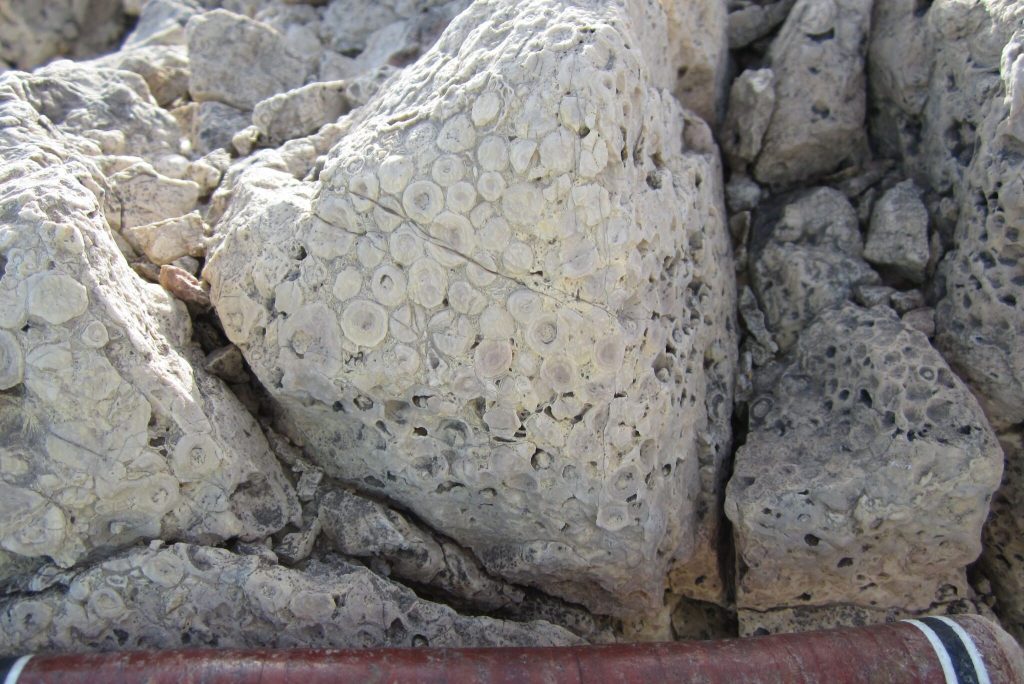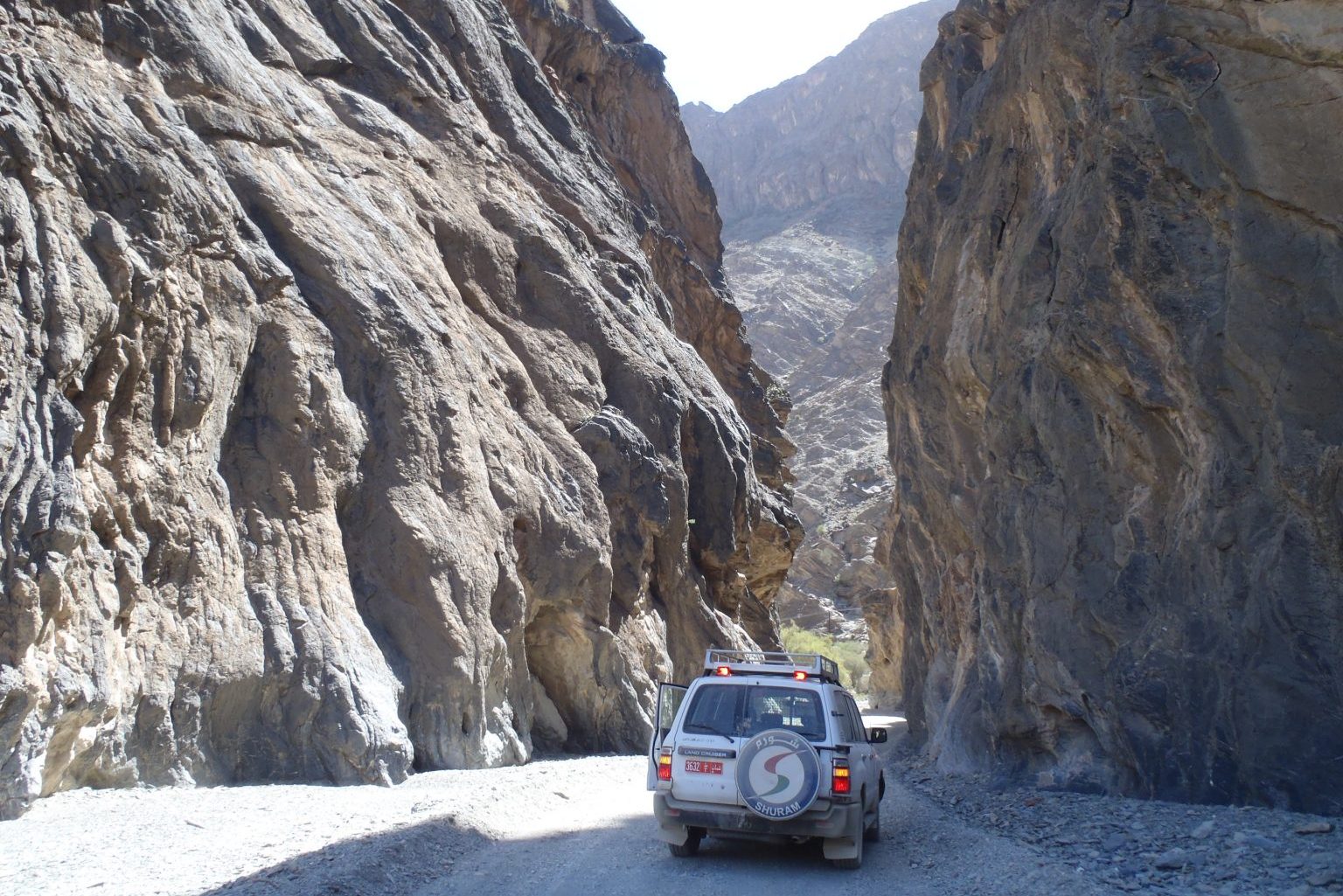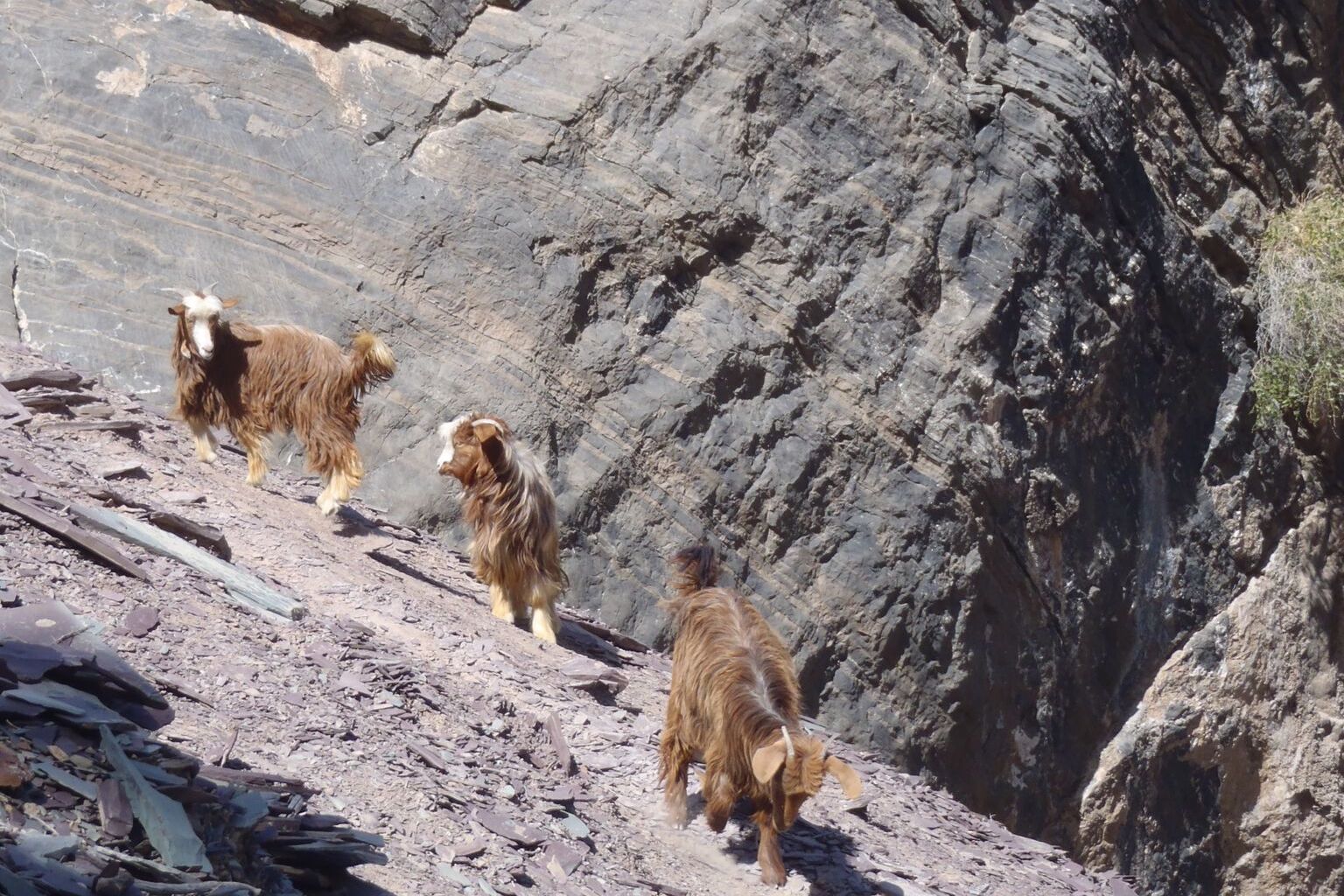Overview
Large δ13C and δ34S excursions in the Ediacaran have the potential to provide detailed mechanistic information about the oxidation of the Earth's surface during the evolution of Earth's first animals, but poor stratigraphic resolution, a lack of age constraints, and concerns about diagenesis have limited the inferences that can be made from these geochemical proxies. Building off of our time-equivalent studies in Death Valley and Newfoundland, our work in Oman focuses on developing a high-resolution δ13C and δ34S record for this interval to help understand the environmental conditions during this critical period of Earth's history.
Publications
Kristin D. Bergmann, Said A. K. Al Balushi, Tyler J. Mackey, John P. Grotzinger, John M. Eiler.; A 600-million-year carbonate clumped-isotope record from the Sultanate of Oman: Journal of Sedimentary Research, (2018) 88(8): 960-979.
Osburn, M.R., Owens, J., Bergmann, K.D., Lyons, T.W., Grotzinger, J.P., 2015, Dynamic changes in sulfate sulfur isotopes preceding the Ediacaran Shuram Excursion, Geochimica et Cosmochimica Acta , v. 170, 204-224.
Osburn, M.R., Bergmann, K.D., Grotzinger, J.P., 2014, Facies, stratigraphy, and evolution of a middle Ediacaran carbonate ramp: Khufai Formation, Sultanate of Oman, AAPG Bulletin , v. 98, 1631-1667.


